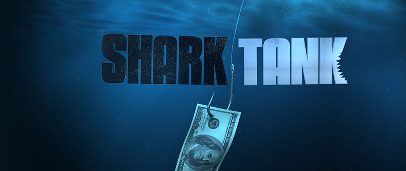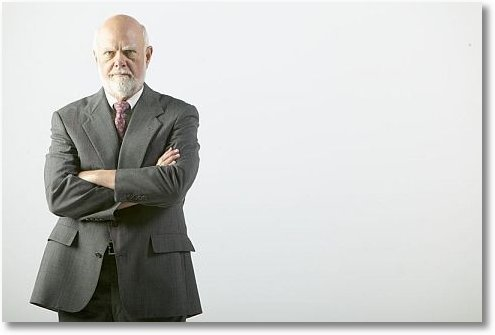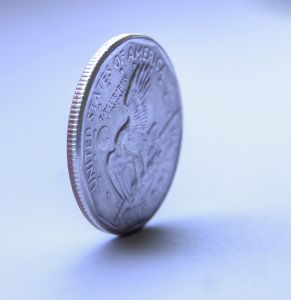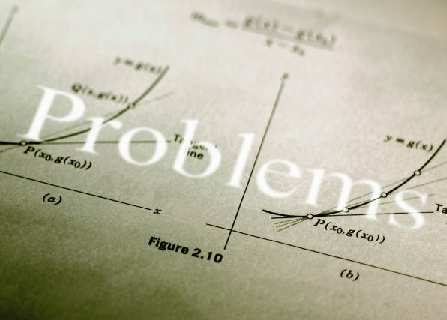
Continued from Part 3
You never quite know in business if what you are doing is the right or wrong thing. Unfortunately, by the time you know the answer, someone has beaten you to it and you are out of business. I used to tell myself that it was ok to make little mistakes, just don’t make the big ones. I would continuously search for new ideas. I read every book and magazine I could. Heck, 3 bucks for a magazine, 20 bucks for a book. One good idea that lead to a customer or solution and it paid for itself many times over. Some of the ideas i read were good, some not. In doing all the reading I learned a valuable lesson.
Everything I read was public. Anyone could buy the same books and magazines. The same information was available to anyone who wanted it. Turns out most people didn’t want it.
I remember going into customers or talking to people in the industry and tossing out tidbits about software or hardware. Features that worked, bugs in the software. All things I had read. I expected the ongoing response of “Oh yeah, I read that too in such-and-such.” That’s not what happened. They hadn’t read it then, and they haven’t started reading yet.
Most people won’t put in the time to get a knowledge advantage. Sure, there were folks that worked hard at picking up every bit of information that they could, but we were few and far between. To this day, I feel like if I put in enough time consuming all the information available, particularly with the net making it so readily available, I can get an advantage in any technology business. Of course my wife hates that I read more than 3 hours almost every day, but it gives me a level of comfort and confidence in my businesses. AT MicroSolutions it gave me a huge advantage. A guy with little computer background could compete with far more experienced guys just because I put in the time to learn all I could.
I learned from magazines and books, but I also learned from watching what some of the up and coming technology companies of the day were doing. Its funny how the companies that I thought were brilliant then, are still racking it up today.
Every week a company called PCs Limited used to take a full-page ad in a weekly trade magazine called PC Week. The ad would feature PC peripherals that the company would sell. Hard Drives. Memory. Floppy Drives. Graphics Cards. Whatever could be added to a PC was there. What made the ad so special was that each and every week the prices got lower. If a drive was 2,000 dollars last week, it was $ 1940 this week. For the first time in any industry that I knew of, we were seeing vendors pass on price savings to customers.
The PC Limited ads became the “market price” for peripherals. I looked for the ad every week. In fact, I became a customer. I was in Dallas. They were in Austin. I remember driving down to pick up some hard drives that I was going to put into my customers PCs. I had no idea up to that point, but it turns out that they had just moved from the owner’s dorm room into a little office/warehouse space. I was so impressed by this young kid (I was a wise old 25 at the time), that I actually wrote a letter thanking him for the great job he was doing, and…I’m embarassed to say now, I told him that if he kept up what he was doing he was destined for far bigger and better things. I kept on doing business with PCs Limited, and Michael Dell kept on doing what he was doing. I dont think he really needed my encouragement, but i have since told him that I thought his weekly full page ads with ever declining prices, changed the PC industry and were the first of many genius moves on his part.
Michael wasn’t the only smart one in those days.
One of the PC industry’s annual rituals was the Comdex trade show in Las Vegas. Every November, it was the only 3 days I knew I would get away and get a break from the office. It was work during the day. Visiting all the new technology booths. Trying to get better pricing from vendors. Trying to find out where the best parties were. If you could believe it, back in those days, the number one party was the Microsoft party. I sold some Microsoft products, so I could get in.
One particular year, I was on my way to having a memorable night. I had met some very, very attractive women (I swear they were). Got them some tickets to come with me to the big party. All is good. I’m having fun. They are having fun. Then we see him. Bill G. As in Bill Gates dancing up a storm. I’m a Bill Gates fan, so I wont describe his dancing, but he was definitely having fun.
At that point in time, Microsoft had gone public and Bill Gates was Bill Gates. If you were in the business you knew him or knew of him. The girls I was with were in the business. Long story short, I went to the bar to get some drinks for all us, I come back, they aren’t there. Come to find out the next day, Bill stole my girls. As I would learn later in life, money does make you extremely handsome.
Bill G also taught me a few things about business. Put aside how he killed IBM at their own game by licensing PC DOS to anyone that wanted it. What MicroSoft did to knock Lotus 1-2-3 and WordPerfect off their thrones was literally business at its best.
At that point in time, software was expensive. WordPerfect and Lotus 1-2-3 both sold for $495 and their publishers were proud of that fact. In order to be able to sell Lotus 1-2-3, you had to go to special training to become authorized. How crazy does that sound now going to a special class to be able to sell a spreadsheet. WordPerfect wasn’t quite as bad, but they had their own idiosyncrasies as well. Meanwhile, Microsoft was on the outside looking in. Excel, Word, Powerpoint were all far down the list of top sellers until lightning struck. Microsoft decided to go against industry protocol and package those 3 programs as a suite and offer them as an upgrade to competitors’ products for the low, low price of 99 dollars. Of course you needed to have and use Windows for it to work, but in a time when people were buying new PCs with every dramatic increase in power and decrease in price, it was a natural move for us at MicroSolutions to sell the bundle. It made the effective price of the PC and software together far, far lower. We loved it. It also taught me several big lessons.
Always ask yourself how someone could preempt your products or service. How can they put you out of business? Is it price? Is it service? Is it ease of use? No product is perfect and if there are good competitors in your market, they will figure out how to abuse you. It’s always better if you are honest with yourself and anticipate where the problems will come from.
The 2nd lesson is to always run your business like you are going to be competing with Microsoft. They may not be your direct competitor. They may be a vendor. They may be a direct competitor and a vendor. Whatever they may be to your business, if you are in the technology business, you have to anticipate that you will in some way have to compete with Microsoft at some point. I ask myself every week what I would do if they entered any of my businesses. If you are ready to compete with Microsoft, you are ready to compete with anyone else.
Watching the best taught me how to run my businesses. Along the way I taught myself a few things those come next blog.










